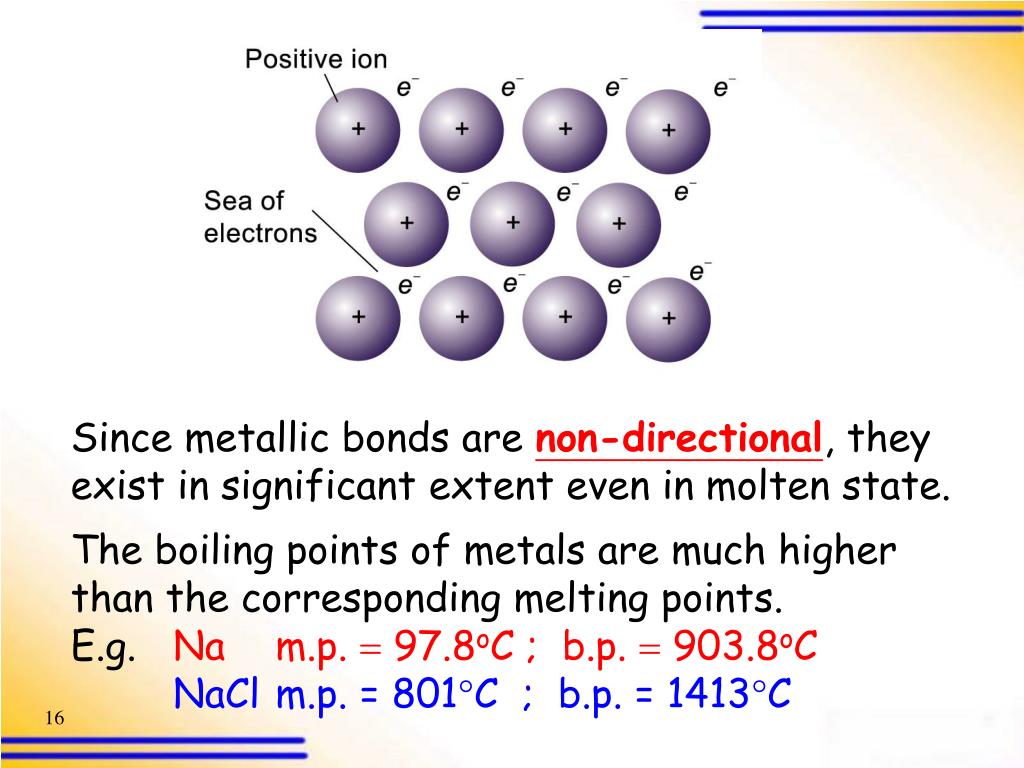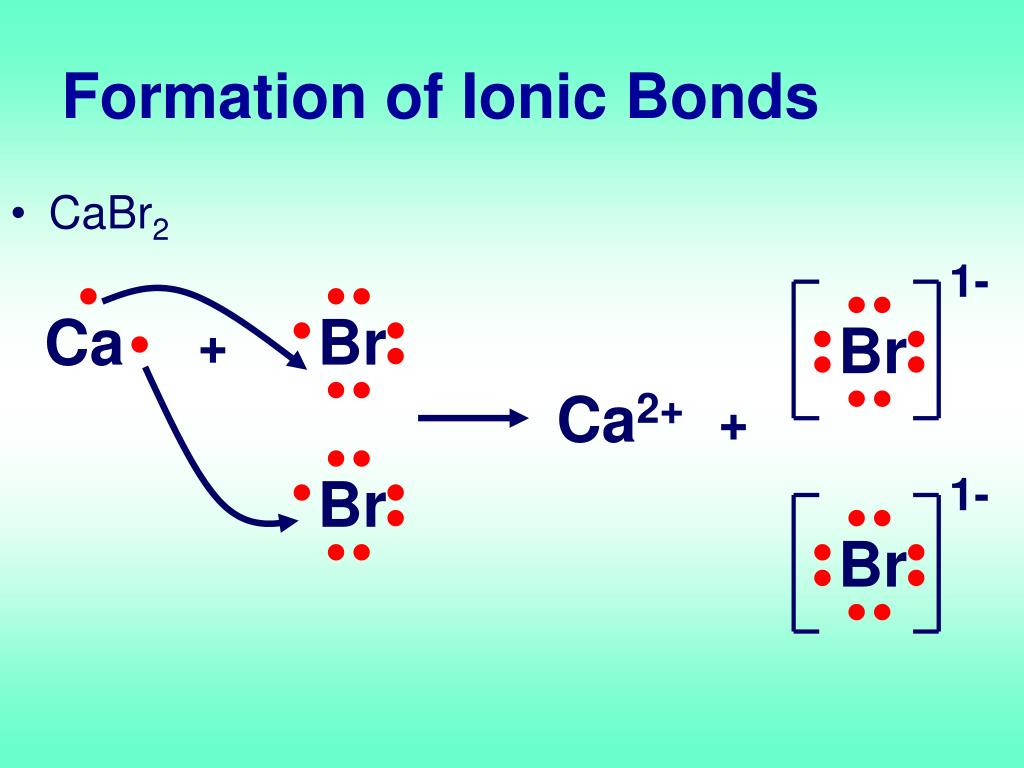

The operon consists of six open reading frames the hutP gene is located near the promoter, and five other genes, hutH, hutU, hutI, hutG and hutM, are located far downstream from the promoter. Genes responsible for the degradation and utilization of L-histidine, as a carbon and nitrogen source under nutrient-limiting conditions, are located within the hut operon in Bacillus subtilis. Furthermore, these analyses clearly demonstrated how the metal ions cause the structural rearrangements that are required for the hut mRNA recognition. To clarify their importance, we have crystallized HutP in the presence of three different metal ions (Mg 2+, Mn 2+ and Ba 2+), which revealed the importance of the metal ion binding site. In the HutP–RNA interactions, divalent cations cannot be replaced by monovalent cations, suggesting that a divalent metal ion is required for mediating the protein–RNA interactions. The best divalent cations were Mn 2+, Zn 2+ and Cd 2+, followed by Mg 2+, Co 2+ and Ni 2+, while Cu 2+, Yb 2+ and Hg 2+ were ineffective. In the present study, we show that several divalent cations can mediate the HutP–RNA interactions.

It requires L-histidine and an Mg 2+ ion for binding to the specific sequence within the hut mRNA. HutP is an RNA-binding protein that regulates the expression of the histidine utilization ( hut) operon in Bacillus subtilis, by binding to cis-acting regulatory sequences on hut mRNA.


 0 kommentar(er)
0 kommentar(er)
